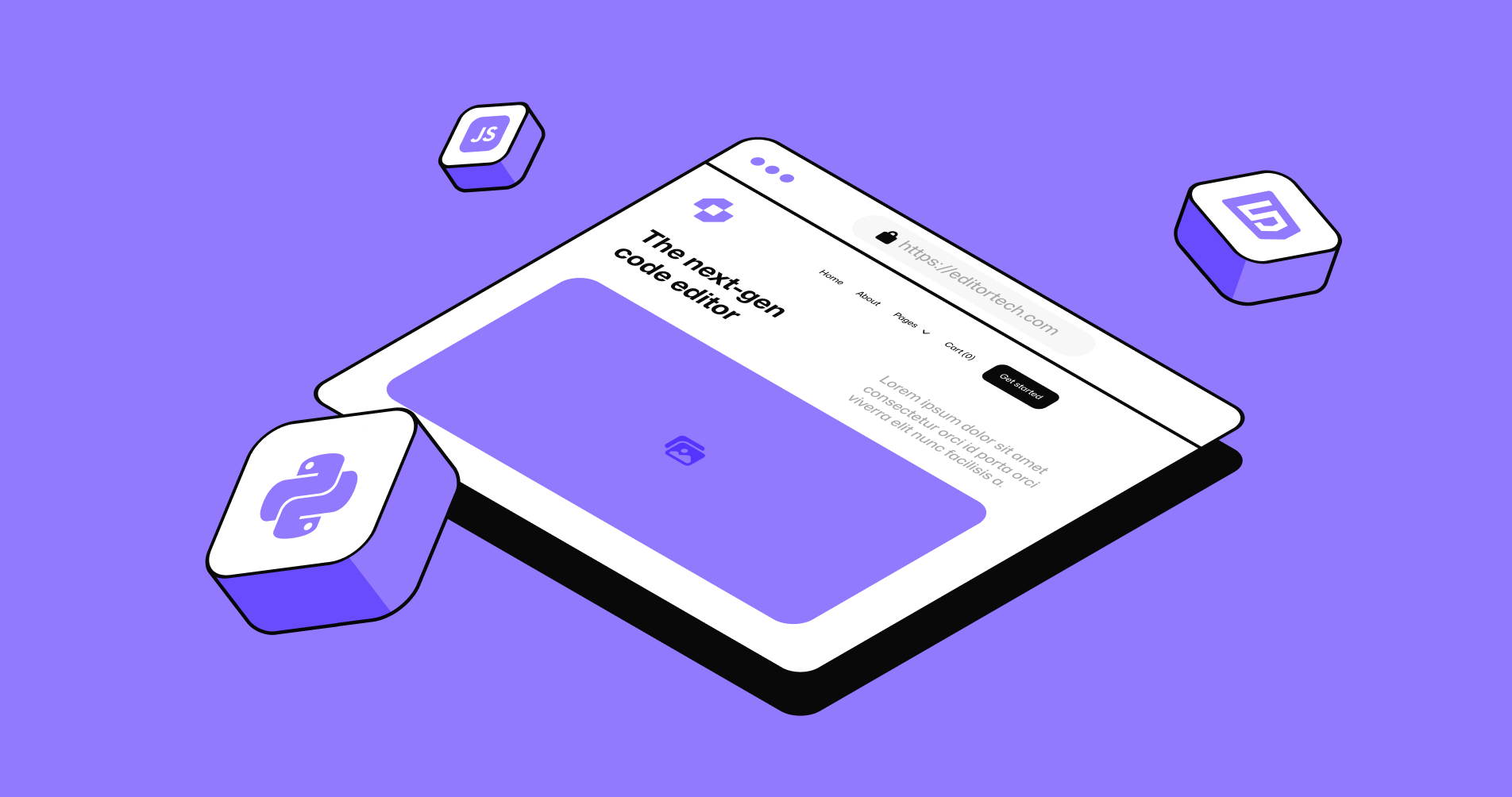
Market research has always centered on one goal—understanding what people want before they know it themselves. Today, the rapid rise of predictive analytics and artificial-intelligence platforms is giving that goal an unprecedented boost.
In AI market research projects, algorithms now parse millions of signals in real time, spotting patterns that human analysts would never catch on their own. The result is a new era of decision-making that feels less like a rear-view mirror and more like a windshield.
The Dawn of a Smarter Discipline
From Historical Reports to Real-Time Foresight
Traditional market studies leaned heavily on retrospective data: customer panels, quarterly surveys, and past-year sales figures. While those sources aren’t going away, companies are layering on streaming data—from social media sentiment to IoT sensor logs—to create living, breathing portraits of consumer behavior. Predictive models ingest that flow, assign probabilities to future outcomes, and surface the most likely scenarios with uncanny speed.
Why the Shift Matters
- Faster cycles: Product teams no longer wait weeks for survey tabulations. They can pivot messaging mid-campaign.
- Resource efficiency: Automated data prep and model selection squeeze days of manual work into minutes.
- Competitive edge: Firms that see demand shifts first can adjust pricing or inventory before rivals take notice.
Predictive Analytics: The New North Star
Predictive analytics is essentially the art of probability, using historical and real-time variables to estimate what will happen next. On the surface it sounds straightforward—feed data into a model, get a forecast—but four ingredients separate sophisticated programs from amateur setups:
- Breadth and depth of data sources.
- Quality of feature engineering (turning raw inputs into meaningful variables).
- Continuous model training to avoid drift.
- Clear alignment between predictions and business actions.
Core Techniques Powering the Movement
- Regression and time-series forecasting remain foundational for numeric targets such as demand volume.
- Classification algorithms (e.g., gradient boosting, random forests) excel at predicting churn, upsell likelihood, or default risk.
- Deep-learning networks shine when input data are unstructured, such as customer reviews or product images.
- Ensemble methods blend the strengths of multiple models to push accuracy past what any single approach can deliver.
AI Tools Redefining Market Research Workflows
Analysts used to juggle spreadsheets, pivot tables, and a handful of visualization add-ons. Modern stacks revolve around cloud-native platforms that automate each stage, from data ingestion to storytelling dashboards.
Natural Language Processing for the Voice of the Customer
Social posts, call-center transcripts, and online reviews contain the most candid consumer opinions you’ll ever find. NLP systems translate that messy text into sentiment scores, emerging-topic alerts, and emotion classifications at scale. Instead of skimming a few hundred comments, a brand manager can instantly surface the ten themes driving positive or negative buzz.
Computer Vision for Visual Commerce
E-commerce photos, shelf images, and even TikTok clips hold clues about how products are used in the wild. Computer-vision models detect brand logos, packaging variants, and competitor placement, providing quantitative proof of real-world exposure. Insights teams blend that output with sales lift to correlate visual prominence with purchase behavior.
AutoML and No-Code Platforms
Auto-machine-learning services remove many of the grunt tasks—feature selection, hyper-parameter tuning, validation splits. Business users without a data-science pedigree can drag-and-drop datasets, define objectives, and get production-ready models. The democratization of advanced analytics means fresh ideas aren’t bottlenecked by scarce technical talent.
Where Humans Still Hold the Upper Hand
Despite the headline-grabbing power of algorithms, human expertise remains irreplaceable in three areas:
- Framing the right problem. A model can’t fix an ill-posed question. Analysts must translate fuzzy business goals into clear predictive targets.
- Interpreting results in context. Correlation is not causation, and only seasoned professionals understand the nuances of market dynamics and brand perception.
- Ethical oversight. Bias can creep into training data or model outputs. People must audit for fairness, transparency, and regulatory compliance.
Augmented Analysts, Not Replaced Analysts
The best teams view AI as a collaborator. Instead of combing through data rows, analysts spend their hours on story crafting, stakeholder alignment, and experimentation strategies. This shift also liberates creativity—people can test bold hypotheses quickly because machines shoulder the heavy statistical lifting.
Ethics, Privacy, and Trust
Regulations like GDPR and CCPA require explicit consent and limited data retention. Future-ready organizations bake privacy by design into their pipelines: differential privacy techniques, model explainability reports, and opt-in transparency dashboards. Treating consumer data responsibly isn’t just a legal necessity; it’s a brand imperative.
Five Trends Shaping the Next Five Years
- Hyper-personalized forecasting: Models will move from segment-level predictions to individual-level propensities, guiding one-to-one offers.
- Synthetic data generation: AI can create realistic yet privacy-safe datasets to augment sparse or sensitive information.
- Multimodal analytics: Combined processing of text, images, audio, and numeric fields will unlock richer context.
- Edge-AI insights: Portable models embedded in mobile apps or smart devices will deliver instant, offline predictions.
- Collaborative intelligence hubs: Vendors will offer unified platforms where internal teams and external partners co-create, share, and monetize data products.
The Takeaway for Forward-Thinking Organizations
Predictive analytics and AI tools aren’t buzzwords anymore; they’re the new table stakes for market leadership. By investing in the right data infrastructure, cultivating cross-disciplinary talent, and embedding ethical safeguards, companies can turn raw information into foresight that drives revenue and customer satisfaction.
The future of market research belongs to brands that marry machine precision with human insight—making smarter decisions before competitors even know the question has changed.
Subscribe to our newsletter
Get regular updates on the latest in AI search





.png)

